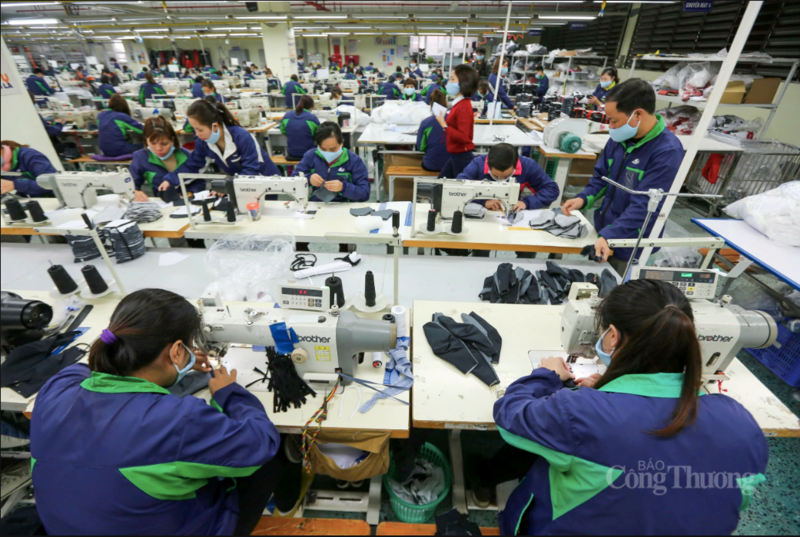
When sustainability is no longer optional for Vietnam’s textile firms
19:05 | 23/03/2025 11:18 | 17/12/2025Trade
According to Pham Tuan Anh, Director General of the Department of Industrial Safety Techniques and Environment (Ministry of Industry and Trade), coal-fired power plants have shifted significantly from “passive waste treatment” to “proactive management and sustainable recycling.”
From minimal compliance to proactive green development
Pham Tuan Anh noted that in recent years, inspections and monitoring by the Ministry have shown a clear transformation in the awareness and actions of coal-fired power plants. Whereas environmental protection used to be a mandatory requirement to meet regulations, many enterprises now view it as a social responsibility and an opportunity to enhance competitiveness.
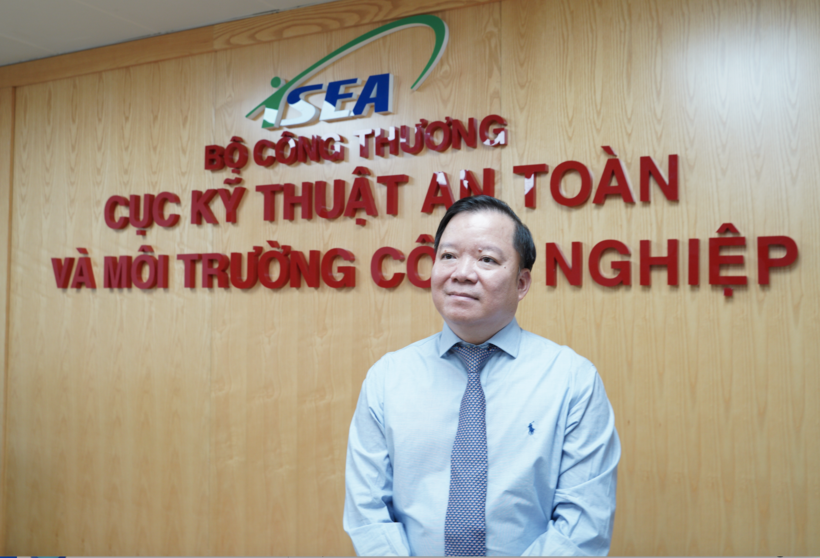
Director General of the Department of Industrial Safety Techniques and Environment Pham Tuan Anh
“The benefits of environmental investment have been proven: enterprises reduce legal risks, save operating costs, improve corporate image, and gain easier access to financing, insurance, and partnerships,” said Tuan Anh.
Power plants have actively upgraded flue gas and wastewater treatment systems, optimized operations to minimize waste generation, and invested in safe storage and transportation infrastructure for ash and slag, such as enclosed conveyors, automatic water spraying systems, and covered stockpiles. Some facilities are also studying biomass co-firing to reduce emissions.
Notably, the management and recycling of fly ash, bottom ash, and gypsum have become success stories. The Ministry’s coordination with other ministries and sectors to remove ash and slag from the list of hazardous wastes, and the issuance of technical standards such as QCVN 16 and relevant TCVNs for construction materials, have laid the foundation for commercializing recycled products. As a result, ash- and slag-based materials are now widely used in cement production, non-fired bricks, land reclamation, and road base construction.
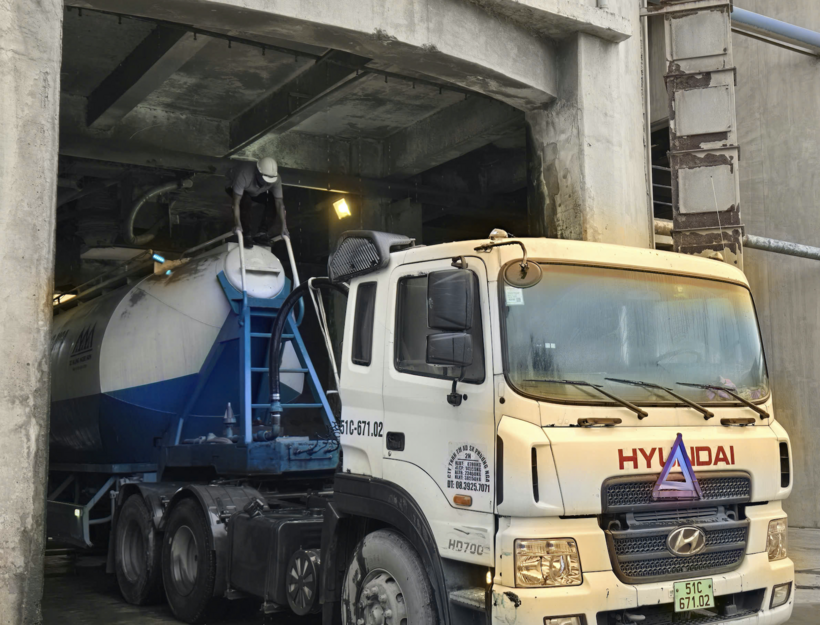
Bottom ash consumption at Duyen Hai Thermal Power Company
“The Ministry also plays a connecting role in the market by organizing forums, sharing best practices, guiding technical documentation, resolving logistics bottlenecks, and coordinating with localities on stockyard planning. This approach has helped many enterprises secure stable outlets and significantly reduce on-site stockpiles,” Tuan Anh said.
In practice, several plants have achieved 100% utilization of daily ash and slag output, such as Vinh Tan 2 Thermal Power Plant (GENCO 3) and Duyen Hai Thermal Power Plant (GENCO 1), while gradually addressing historical backlogs. More importantly, a culture of “proactive compliance” is emerging, with environmental protection now integrated into investment planning and operational KPIs.
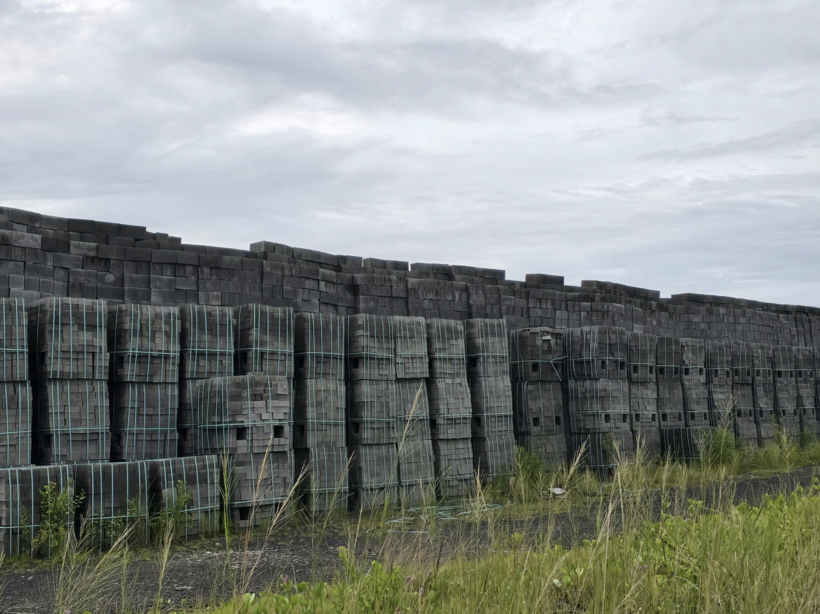
Non-fired bricks made from ash of Duyen Hai Thermal Power Plant
Building a regional network for ash and slag consumption
However, Pham Tuan Anh acknowledged that several challenges remain, including disparities in energy conversion efficiency between older and newer plants; variations in ash and slag quality due to different combustion technologies; high logistics costs; uneven market demand; and the need for data digitalization in environmental monitoring.
“These are key priorities that must be addressed to ensure consistent and sustainable progress across the system,” he emphasized.
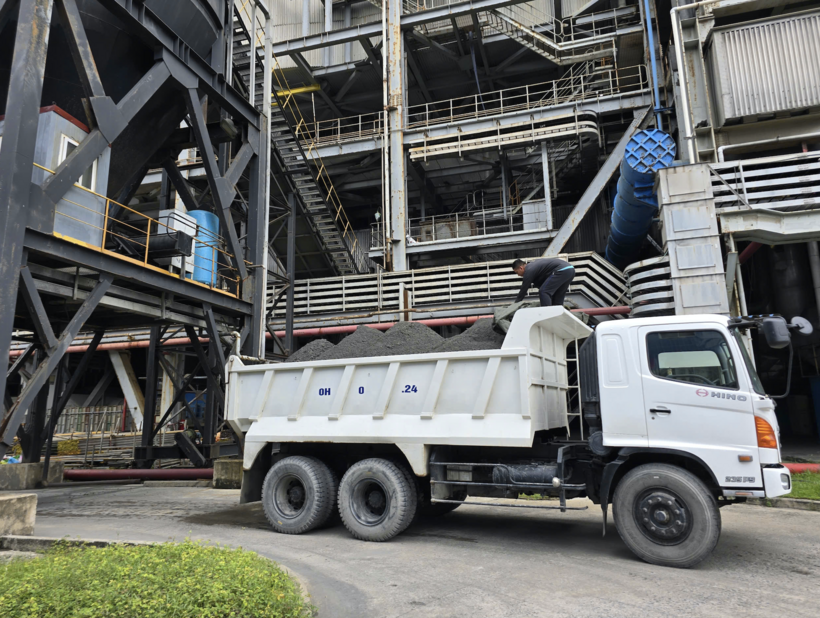
Fly ash silo
In the coming period, the Ministry of Industry and Trade will continue to improve the regulatory and technical standards for waste management and treatment, while working with other ministries and agencies to synchronize mechanisms and policies to ease business constraints.
The Ministry is also promoting regional linkages in ash, slag, and gypsum consumption, aiming to establish a network connecting thermal power plants, building material manufacturers, and other end-users. “This solution will help increase recycling rates, reduce on-site stockpiles, and move toward a circular economy,” Tuan Anh shared.
At the same time, the Ministry plans to replicate successful environmental management models through workshops, forums, and knowledge-sharing programs. This approach not only raises awareness but also motivates enterprises to innovate, invest in cleaner technologies, and improve waste management efficiency.
According to Director General Pham Tuan Anh, the Ministry’s key direction is to green production in the power sector through a specific roadmap. Solutions include upgrading flue gas and wastewater treatment systems; studying the use of environmentally friendly fuels; reducing dust and greenhouse gas emissions; and increasing recycling and reuse of ash, slag, and gypsum. These efforts are part of the Restructuring Scheme of the Industry and Trade Sector to 2030 (Decision No. 165/QD-TTg dated February 28, 2023).
“We are clearly defining that the Ministry of Industry and Trade is not only a regulatory body but also a partner accompanying enterprises, from providing legal frameworks and technical support to market connectivity, toward a green, circular, and sustainable industrial economy,” affirmed Pham Tuan Anh.
According to the Ministry’s plan, a new policy will be developed to encourage the production and consumption of recycled products made from fly ash and gypsum. This initiative aims to create stable market outlets, reduce environmental pressure, and contribute to the objectives of the Vietnam Environmental Industry Development Program for 2025–2030 (Decision No. 1894/QD-TTg dated September 4, 2025).

19:05 | 23/03/2025 11:18 | 17/12/2025Trade
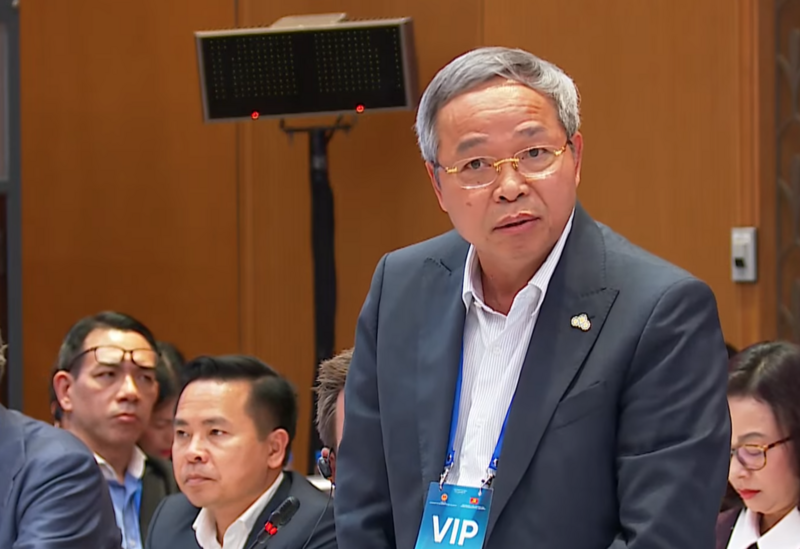
19:05 | 23/03/2025 11:17 | 17/12/2025Trade
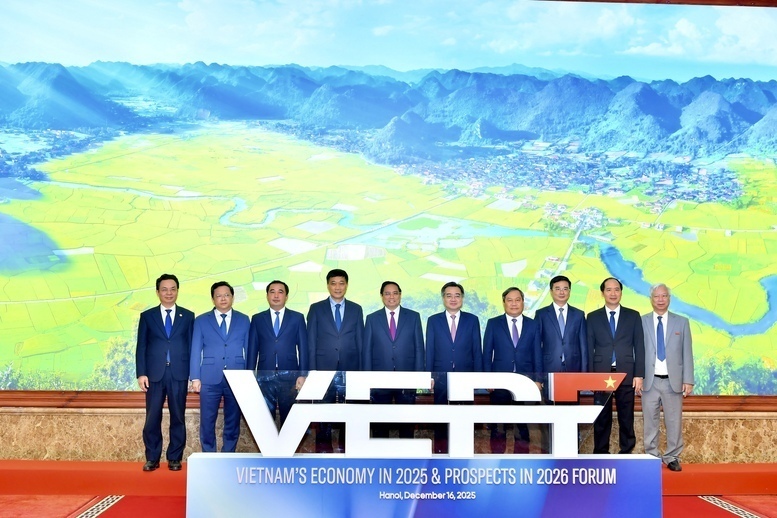
19:05 | 23/03/2025 09:50 | 17/12/2025Trade

19:05 | 23/03/2025 20:46 | 16/12/2025Industry
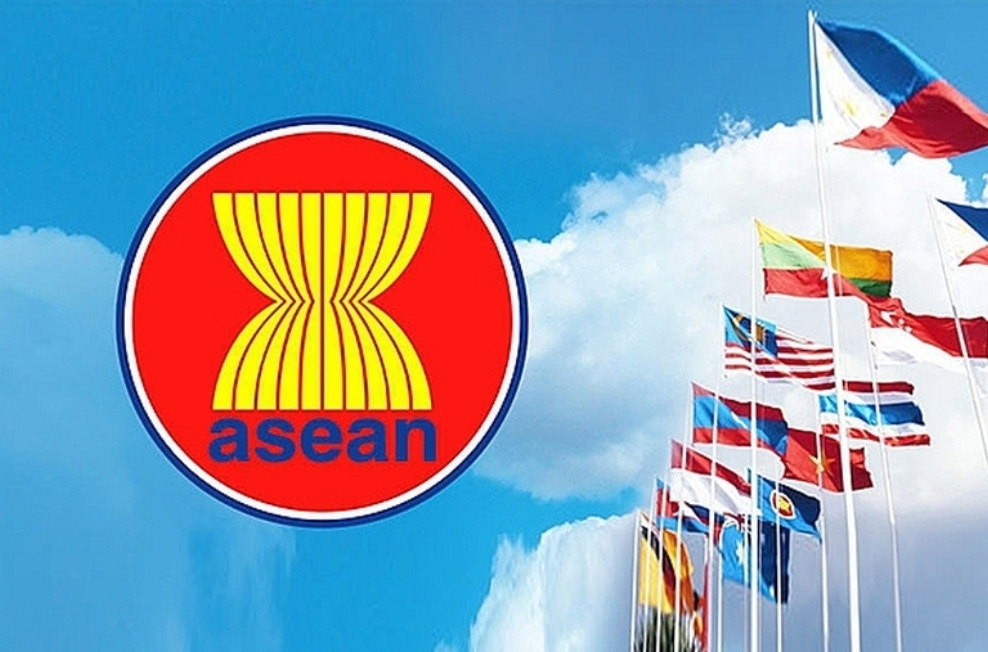
19:05 | 23/03/2025 20:41 | 16/12/2025News and Events